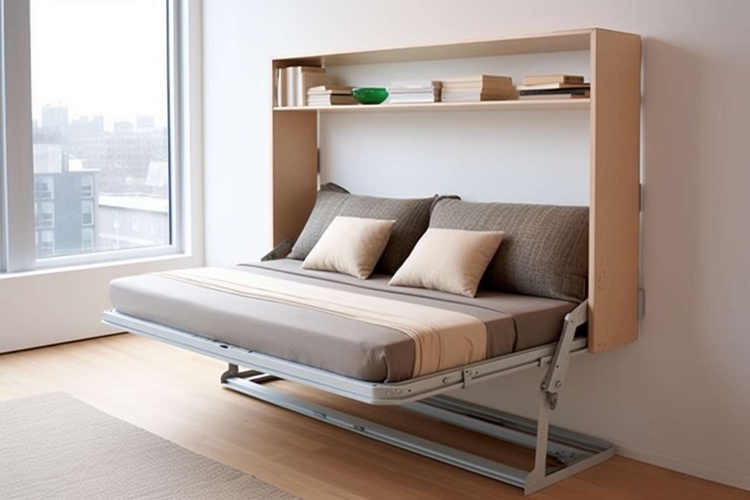Micro-Apartments: The Future of Urban Living
Introduction: In bustling metropolises worldwide, a novel housing trend is reshaping urban landscapes: micro-apartments. These compact living spaces, typically ranging from 150 to 400 square feet, are gaining traction as a solution to urban housing shortages and skyrocketing rents. With 68% of the world's population projected to live in cities by 2050, according to the UN, micro-apartments are poised to redefine the concept of home in densely populated areas.

Drivers Behind the Micro-Apartment Movement
Several factors contribute to the increasing adoption of micro-apartments. Urbanization and population growth have led to housing shortages in many cities, driving up costs and pushing residents to seek alternative living arrangements. Millennials and young professionals, often burdened with student debt and preferring experiences over possessions, find these compact spaces align with their lifestyles and budgets. Additionally, the rise of remote work has reduced the need for larger living spaces for many urban dwellers.
Design Innovations in Micro-Living
Architects and designers are revolutionizing small-space living through innovative solutions. Murphy beds that transform into desks, sliding walls that create separate rooms, and built-in storage units that maximize every inch of space are just a few examples. Some micro-apartments feature high ceilings to create a sense of openness, while others incorporate large windows to bring in natural light and create the illusion of more space. These design elements not only make micro-living possible but also aesthetically pleasing and functional.
Economic Implications for Real Estate Investors
For real estate investors, micro-apartments present an intriguing opportunity. The higher per-square-foot rental yields compared to traditional apartments make them an attractive investment. In cities like New York and San Francisco, micro-units can command rents up to 25% higher per square foot than conventional apartments. However, investors must consider factors such as local zoning laws, which may restrict the development of units below a certain size, and the potential for higher turnover rates among tenants.
Challenges and Criticisms
Despite their growing popularity, micro-apartments face criticism and challenges. Some argue that these tiny living spaces compromise quality of life and mental health, potentially leading to feelings of claustrophobia or isolation. Critics also worry that the proliferation of micro-units could lead to a reduction in family-sized apartments, potentially pushing families out of urban centers. Additionally, some cities have concerns about the impact on neighborhood density and infrastructure capacity.
The Future of Micro-Apartments
As cities continue to grapple with housing affordability and availability, micro-apartments are likely to play an increasingly significant role in urban housing markets. Advancements in modular construction techniques could make micro-unit developments more cost-effective and quicker to build. Some experts predict that future micro-apartments will incorporate more smart home technology and communal spaces to enhance livability. The concept may also expand beyond young singles to cater to other demographics, such as seniors seeking to downsize while remaining in urban areas.
Impact on Urban Planning and Development
The rise of micro-apartments is influencing urban planning and development strategies. Cities are reassessing zoning laws and building codes to accommodate these smaller units while ensuring safety and livability standards are met. Some municipalities are exploring the integration of micro-unit developments with mixed-use projects, combining residential, commercial, and communal spaces to create vibrant, sustainable urban communities. This shift could lead to more efficient land use and potentially help alleviate urban sprawl.
Conclusion
Micro-apartments represent a significant evolution in urban living, offering a solution to housing shortages and changing lifestyle preferences in crowded cities. While they present challenges and criticisms, their potential to provide affordable housing options in prime locations cannot be ignored. As this trend continues to develop, it will be crucial for real estate professionals, urban planners, and policymakers to work together to ensure that micro-living spaces contribute positively to urban environments and residents’ quality of life. The future of urban housing may indeed come in small packages, but its impact on city landscapes and real estate markets is anything but diminutive.





